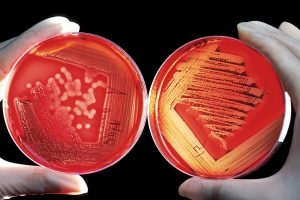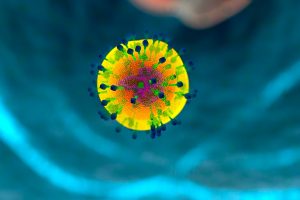
The Significance of the “KGS Practice” in Pathology and Oncology Part 5
PART 5: TUMOR NECROSIS GRADING in KGS
KGS’s TUMOR NECROSIS GRADING
Necrosis is a valuable prognostic factor in malignant tumors [19,99], and has an important place in Grade VI and Grade VII solid tumors in which a necrotic tissue may appear in two different forms in two different phases of oncogenesis:
- Anaplastic Tumor Necrosis (High Necrosis): In the tissues of advanced anaplasia in high-grade (VIB, VIIA and VIIB) tumors, necrosis frequently emerges as the ultimate characteristic of anaplastic maturement. In the KGS Grading, I entitle the tissue of anaplastic necrosis ”High Necrotic Tissue”, and I call the tumor cells it contains “High Necrotic Tumor Cells” grading them as Grade VIBn, Grade VIIAn and Grade VIIBn cells.
- Regressive Tumor Necrosis (Low Necrosis): In Grade VI and Grade VII regressive tumors (Grade VIR and Grade VIIR), necrosis may happen either as a result of a successful oncotherapy [12,22,23,100,101], or spontaneously [25,28-32]. In the KGS Grading, I entitle the necrotic tissue of a regressing or regressed tumor ”Low Necrotic Tissue”, and I call the tumor cells it contains “Low Necrotic Tumor Cells” and I grade them as Grade VIRn and Grade VIIRn cells. With the integration of tumor regression grading (KGS-R) (Table 3) to the KGS grading, KGS pathology reports provide more comprehensive information.



